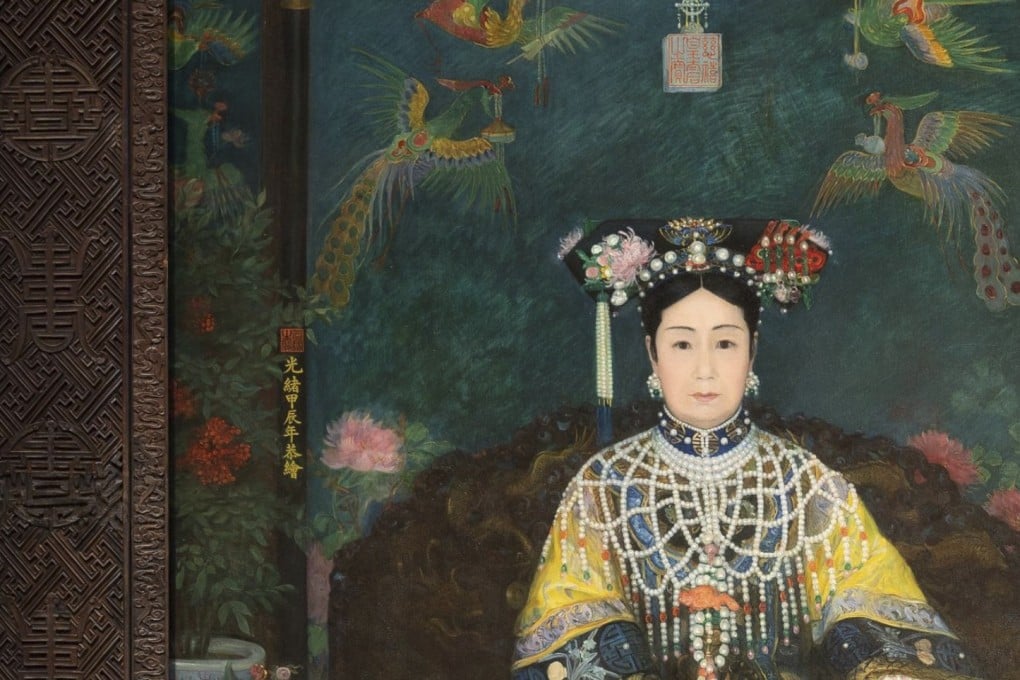The American artist in China who painted the Empress Dowager Cixi’s first-ever portrait, and the story of the famous image
- In 1903, Katharine Augusta Carl was invited to paint the first portrait of China’s feared empress dowager, gaining unprecedented access to the imperial palace

At 11 o’clock on a warm summer’s morning in 1903, 38-year-old artist Katharine Augusta Carl was ushered into the throne room of the Summer Palace, on the western outskirts of Beijing.
67-year-old Empress Dowager Cixi, who had effectively controlled China for more than 40 years, entered with her chief lady-in-waiting and interpreter Princess Der Ling, an ambassador’s daughter who had spent time in Europe and the United States.
By Cixi’s side, as always, was the Guangxu Emperor who, though technically the 10th sovereign of the Qing dynasty, acquiesced in all matters to the empress dowager.
Dressed in her ceremonial gown, Cixi was assisted onto the Dragon Throne by her attendant eunuchs while the ladies of the court fussed with her robe and headdress and Carl prepared her easel next to a table with paints, brushes, rags, turpentine, palette knives, and all the other tools of the portrait painter’s trade.
Positioned and comfortable, the two women eyed each other across the room. The empress dowager nodded, and the painter made her first stroke on the blank canvas.
Over nine long months several portraits would be attempted. The main life-size image was to be China’s sole entry in the Fine Arts Pavilion at the 1904 World’s Fair, in St Louis, Missouri, and presented thereafter to US president Theodore Roosevelt.

